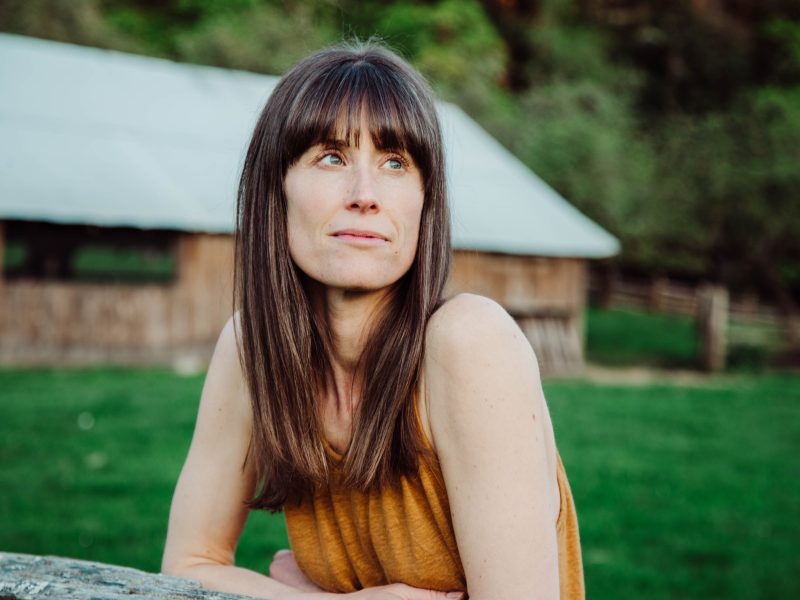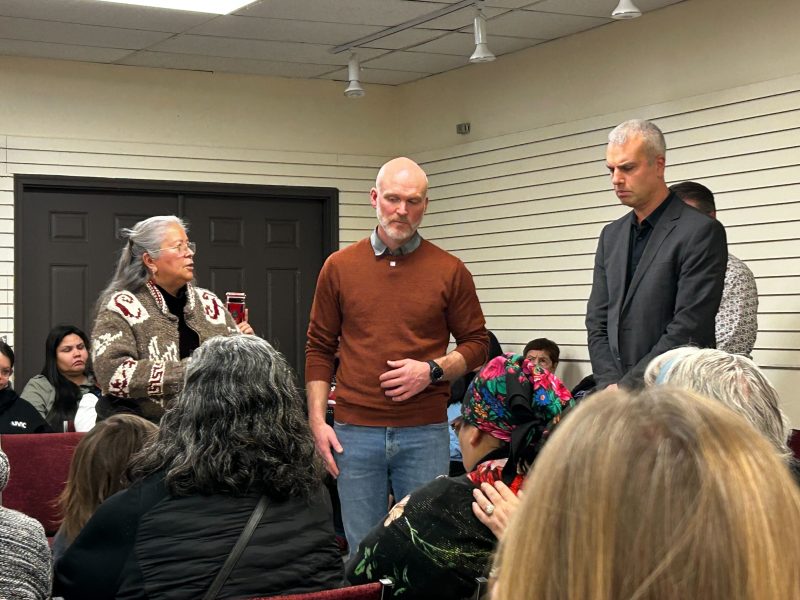
This article is from The Discourse’s Cowichan Valley newsletter. Sign up to get it in your inbox.
Harvey Alphonse remembers joyful childhood summers spent on the lower Cowichan River, near the village of Qwum’yiqun’ (Comiaken.) He remembers a river full of life. Otter, mink, salmon, trout, crayfish and freshwater clams once filled the river and its banks, he recalls. He could head out to the river any time of the year and bring something home for the dinner table.

The river was full of human life, too. Harvey, who served as chief of Cowichan Tribes from 2000-2005 and 2011-2013, remembers being a kid diving off the bridge over the river on Tzouhalem Road, near the Stone Butter Church. There, the bravest of his brothers and uncles would dive through the narrow gaps in a metal frame that had fallen into the water below.
Today, that’s not possible, Harvey tells me as we looked over that same spot last week. It’s clear to me that he is right. The river, shallow and murky, isn’t inviting. Also, the air fills with an unpleasant odour. It smells a bit like rotting shellfish. “It brings tears in here,” Harvey says, holding a hand to his heart as he looks over the river. “My grandchildren won’t reap the benefits of what once was a pristine river. And enjoy the swimming and fishing and just being on the river by canoe.”
Harvey’s curious about what a long-term lower Cowichan River restoration plan would look like. He wants to see a community conversation that brings in biologists, engineers and other experts. “Let’s talk about the future. Let’s see what we can do together, and make this right.”
What happened to the lower Cowichan?
Major human impacts have changed the Cowichan River going back more than a century. From 1890 to 1908, logging companies blasted the riverbed with explosives to allow logs to be floated downstream. This eliminated waterfalls and rapids and cut off access to side channels, which are important fish habitat.
As decades passed, water users pulled more and more water out of the river, while adding more and more pollutants. The river has suffered from continued physical interventions, too. Various local governments have constructed dikes along sections of the river to reduce flooding. These projects haven’t always been well planned. Without proper planning, dikes can increase flooding risks in other areas and reduce habitat for fish and other wildlife.
Today, the impacts grow larger farther downstream. With this summer’s low river flows, the Catalyst paper mill in Crofton is pulling about a third of the total flow out of the river near Duncan. Meanwhile, the Joint Utility Board sewage lagoon pipes treated effluent back into the river. In drought summers the river flow is barely acceptable to dilute the treated sewage. Farms, fish hatcheries and urban development all contribute to river pollution.
The degradation of the Cowichan River is a story of impacts that might be manageable on their own, but add up to something much more significant as they accumulate over time.
What Cowichan River restoration is already being done?
Many local governments and other groups are working on projects related to the restoration of the Cowichan River. A lot of people care about the river. But the number of overlapping jurisdictions can complicate planning. The Cowichan Watershed Board formed as a result of the Cowichan Basin Water Management Plan, and offers regional leadership on issues related to the health of the watershed. The board is co-chaired by the current chief of Cowichan Tribes and the chair of the Cowichan Valley Regional District.
One of the board’s priorities is leading the construction of a higher weir at Lake Cowichan, to ensure higher river flows through summer months. Tom Rutherford, executive director of the Cowichan Watershed Board, has told me that this project is low-hanging fruit to address some of Cowichan’s water woes. But it’s not a total solution.
Harvey says he’d like to see the Cowichan Tribes community come together to talk about a long-term restoration plan for the river. He’s not alone. More than 200 Cowichan Tribes members recently joined a Facebook group dedicated to working together on saving the Cowichan River.
[end]



